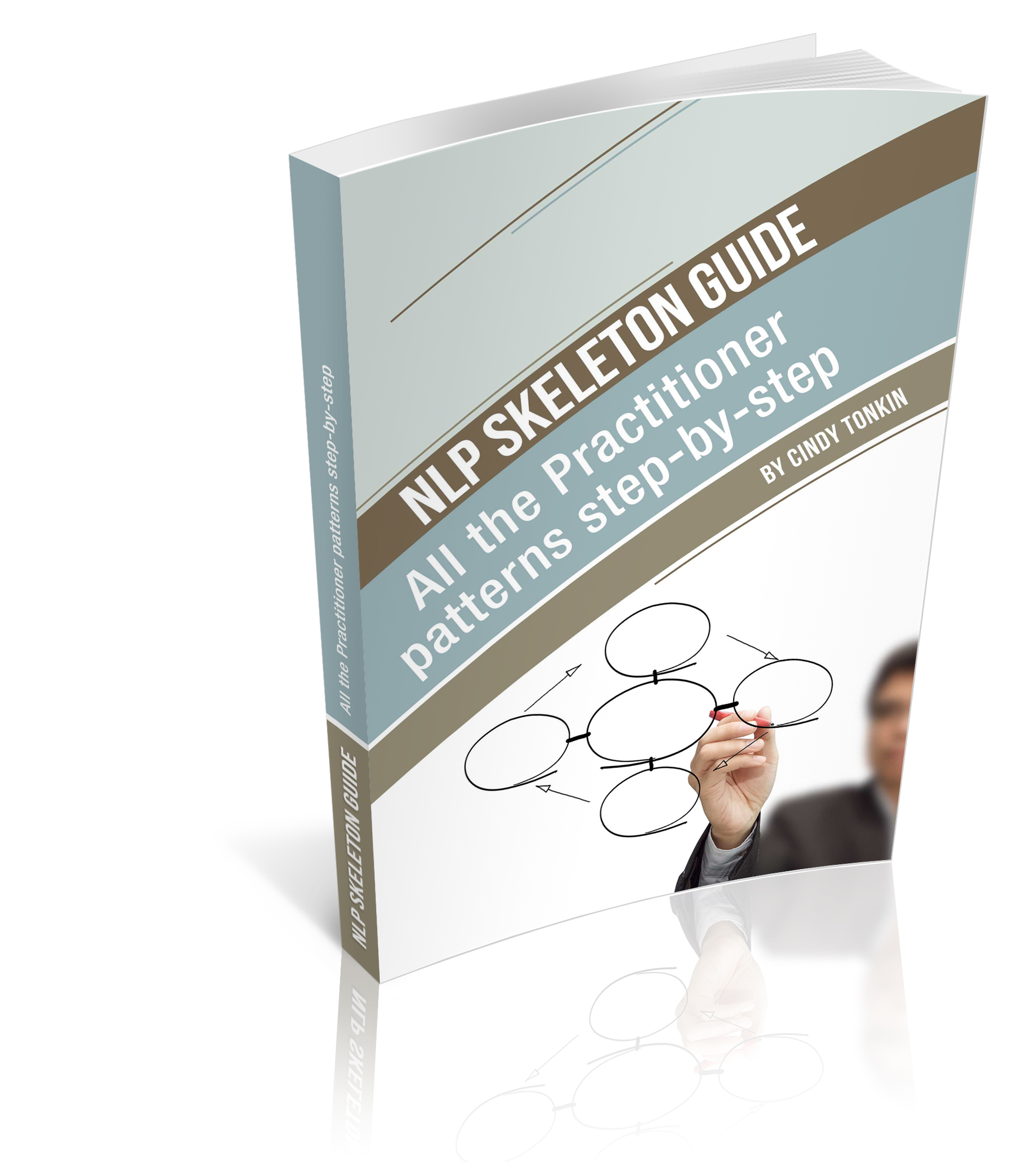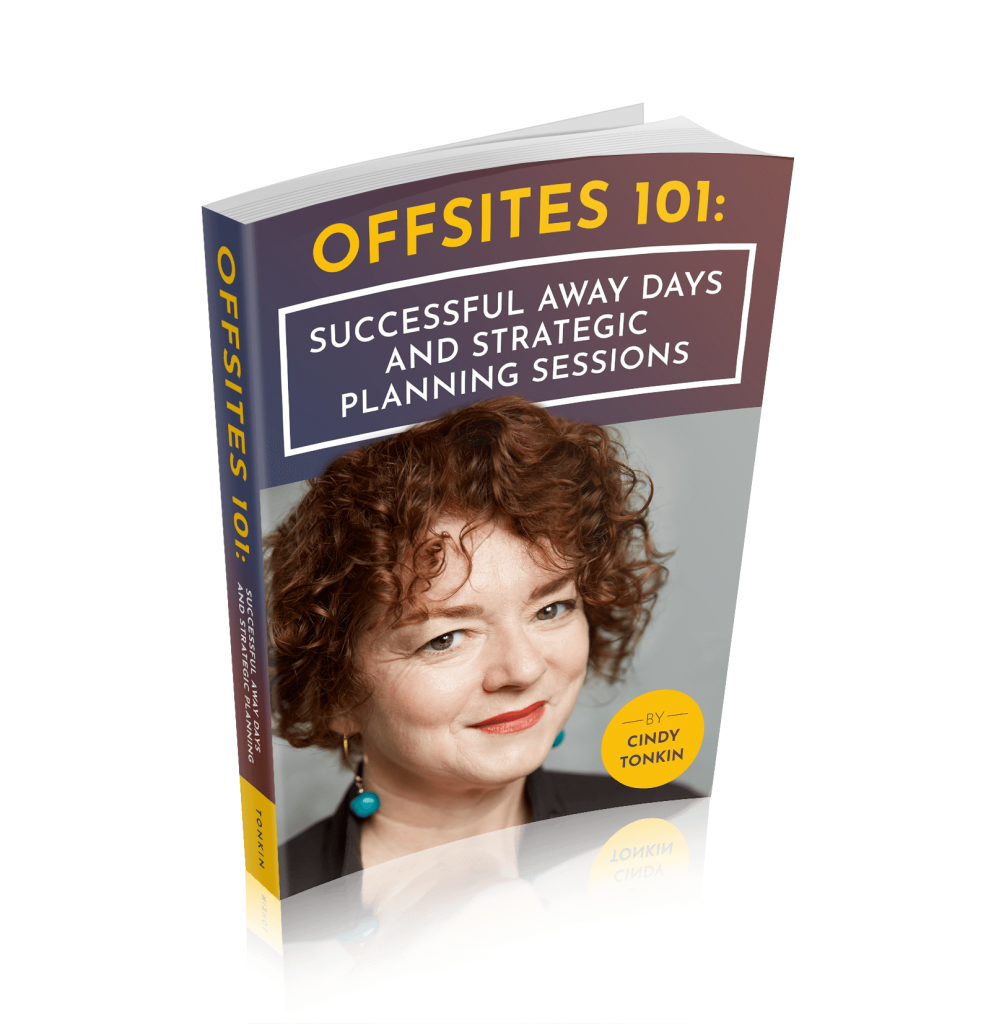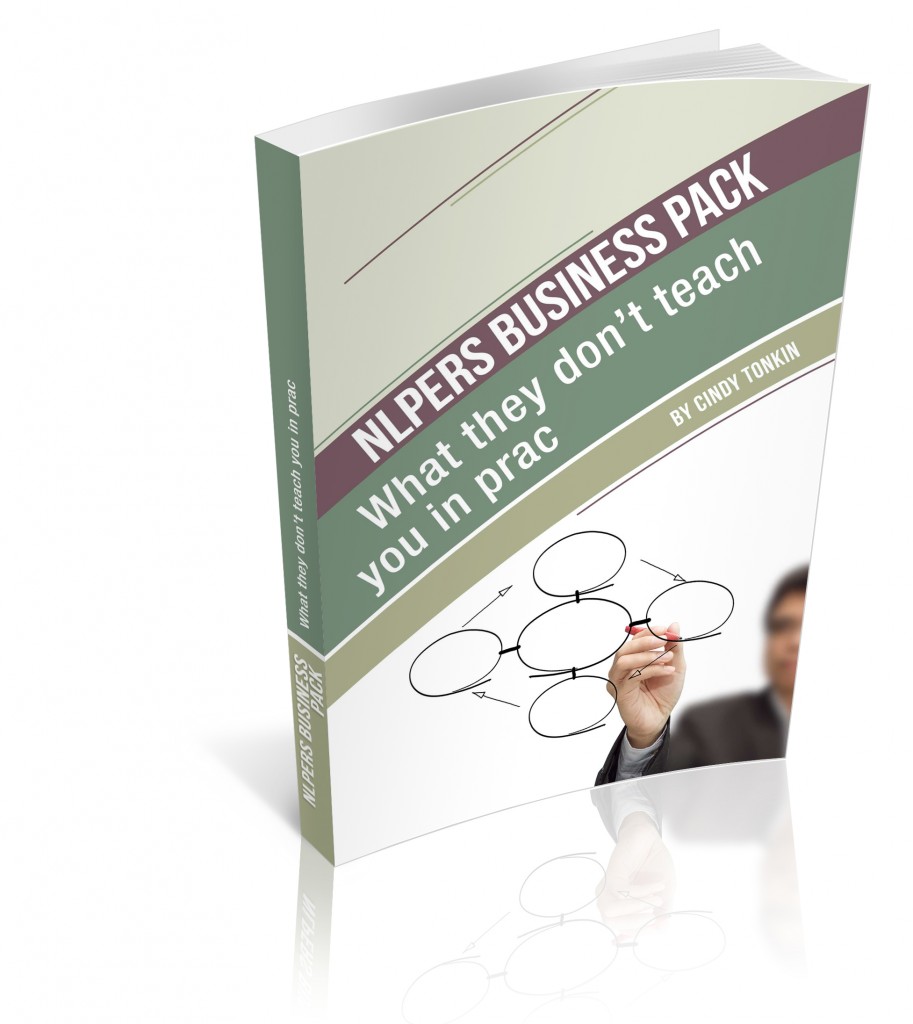NLP Practitioner patterns step-by-step
Original price was: $33.00.$13.00Current price is: $13.00. incl GST
NLP Practitioner patterns all summarised and chunked for success. So you can get on with making elegant change happen.
Description
NLP Skeleton Guide: Practitioner patterns step-by-step.
This book breaks Practitioner-level NLP patterns into easy-to-understand chunks and displays them in simple flowcharts, showing how to use them and the path to follow in each pattern. It allows you to recognise the patterns within the patterns, making them simple, easy to remember and apply, and gives you a big picture on what can be a mass of procedures.
It includes all the basic patterns:
- anchoring patterns
- timeline patterns
- parts patterns
- submodality patterns
This includes foundational patterns such as setting well-formed outcomes, setting lifelines, eliciting a strategy, and future pacing.
These patterns deal with recurring habits, bad experiences, developing empathy, installing good habits, breaking phobias, setting up positive futures, resolving internal conflict, and getting rid of compulsions.
Sourced from different schools of NLP (Dilts, Bandler and Grinder, Tad James, Wyatt Woodsmall), it’s designed to be a handy thumbnail guide to applying the many patterns you’ve learnt.
Each pattern is a flowchart with all of the decision points marked, and maps out the iterative process within the process.
Additional features include a useful section telling you when to use each pattern in the guide.
“These guides are invaluable within my NLP practice – these easy-to-follow tools are a handy reminder of NLP processes and interventions right at my fingertips. Also, suggestions as to when and where to use them save me time, and are an excellent tailored guide.”
Aide-memoire, cheat sheet
This guide helps you remember the NLP patterns, so that you can make the biggest difference to your clients with the least effort.
It presupposes that you:
- have practiced the pattern before
- understand the flow of each one (even if you don’t remember the exact sequence)
- know when to use each pattern.
I also presuppose that you understand:
- the basic NLP terminology
- how to set anchors
- what submodalities (SMD?s) are
- questioning using the Meta Model
- Milton Model language patterns
Neuro-Linguistic Programming is some powerful technology. Use it wisely, remember to check for ecology, and to make it fun.
Enjoy.
Table of Contents
Introduction
When to use the patterns in this guide
Foundational patterns
- Setting a well-formed outcome
- Setting a life line
- Eliciting a strategy
- Future pacing and testing
Anchoring patterns
- Anchoring
- Collapsing anchors
- New Orleans flexibility drill
- Chaining anchors
- Triple descriptions
- Circle of excellence
Time patterns
- Time travel
- Change personal history (CPH)
- Phobia cure
Patterns with parts
- Six step reframe
- Visual squash
- Spatial reframe or Parts negotiation
- Installing a part
Submodality patterns
- Submodality mapping across
- Swish pattern
- Ratchet compulsion blowout
- Threshold compulsion blowout
- New behaviour generator
More about the author / compiler, Cindy Tonkin
Other posts with NLP content:





